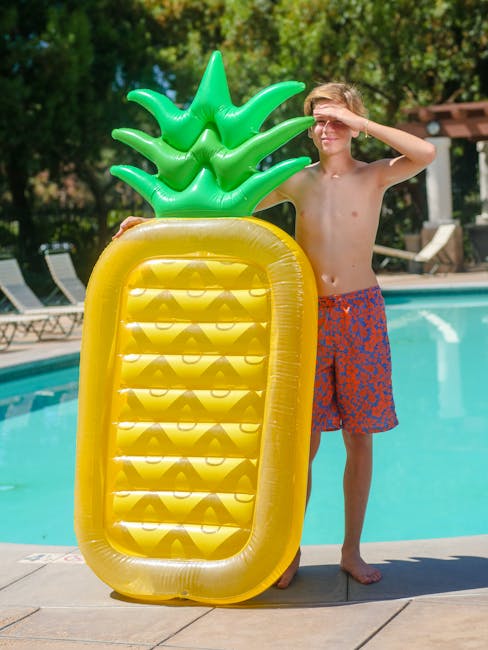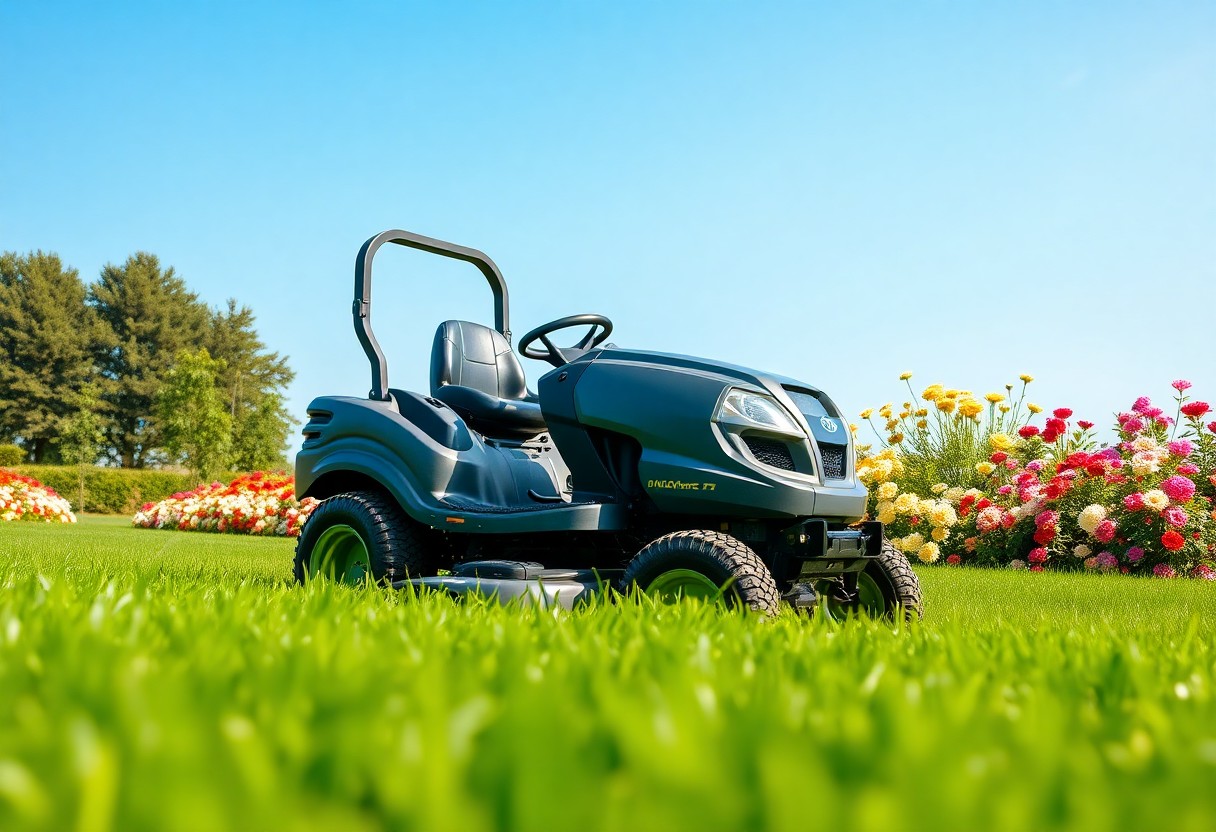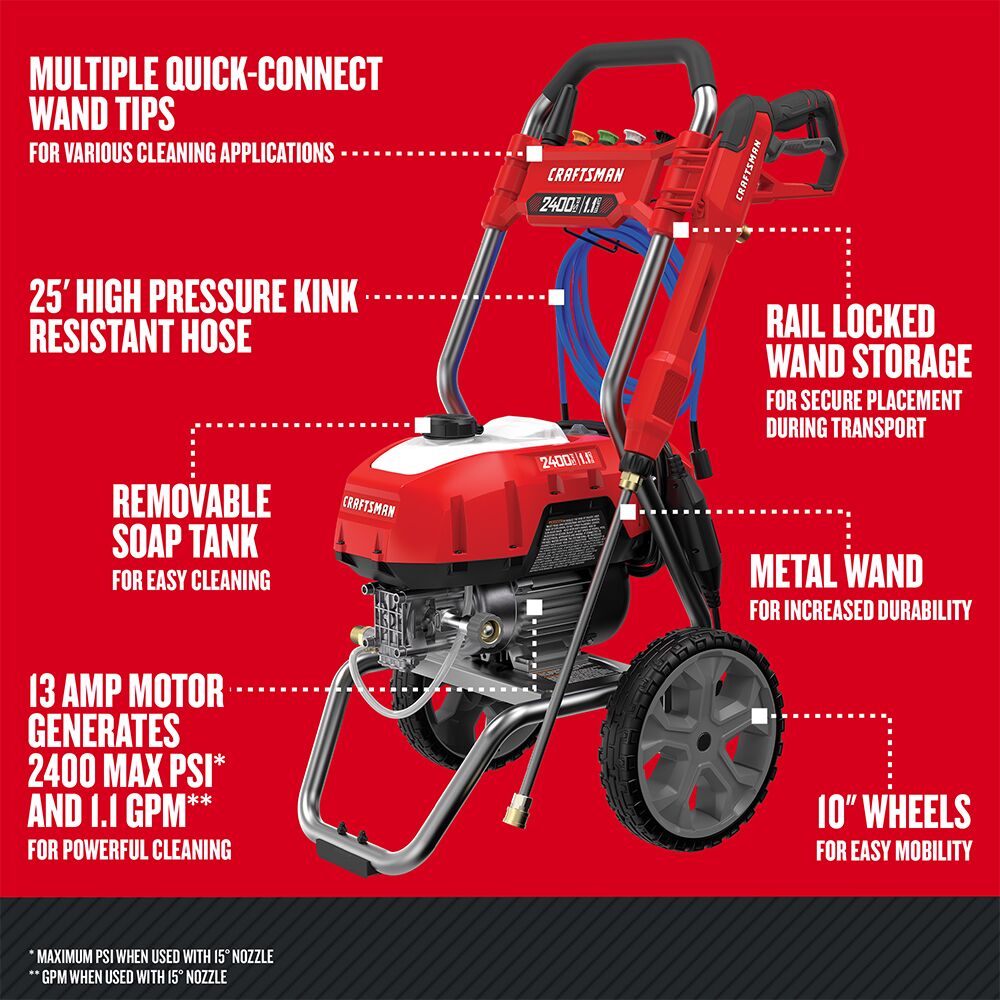Time spent in the garden often means time in the sun. If you’re not prepared for the heat, it can be overwhelming! Seasoned gardeners likely understand this well, but for beginners tending to their backyard, garden plot, or allotment, this might be surprising news. Isn’t outdoor time supposed to be a refreshing escape from the constant noise of the world? Absolutely! But it can get incredibly hot. We link to vendors to help you find relevant products. If you buy from one of our links, we may earn a commission. Hours spent working on your flowers and veggies without protection can leave you vulnerable to sunburn and its harmful effects on your skin. Learning how to beat the heat and shield yourself from the sun’s damaging rays is essential to enjoying your gardening time—and not giving up when the sweat starts dripping. Read on to learn about beating the heat and gain critical knowledge about sun safety.
A Rookie Gardener’s Struggle with Heat
Years ago, I hired someone new to gardening. When I asked if she was ready for the heat, she confidently said she loved sunbathing at the beach, so she’d be fine. By the end of her first day, she was wilted like a water lily in the desert. Sadly, I’ve seen this scenario play out so often that it’s almost humorous. I’ve even made bets with coworkers on when a newbie will crack under the intensity of a Philadelphia summer, and we share a laugh when they finally admit they underestimated the heat. Jokes aside, the sun and heat will overpower you if you’re unprepared. Fortunately, this guide is packed with tips to help you face whatever summer throws your way.
Essential Sun and Heat Protection Tips for Gardeners
Unlike many aspects of gardening, protecting yourself from the sun and heat is straightforward. Here are the key steps to ensure you’re ready:
1. Do You Even Need to Be in the Sun?
The simplest question to answer is: Do you need to be in direct sunlight? Finding a shady spot to work is crucial for enduring long days in the garden during hot summer months. Strategically move around your yard to stay in shaded areas. If you can work under a canopy or tree, you’re off to a great start! Following the shade also helps you understand which parts of your garden get the most or least sunlight. You’ll quickly learn every corner of your space and might even find areas you thought were sunny are shaded for part of the day. Additionally, consider avoiding the sun entirely between 10 a.m. and 2 p.m., when its rays are strongest. As a professional gardener working from 7 a.m. to 5 p.m., I often don’t have this luxury, but you might. Smart gardeners water in the morning and tackle other tasks in the evening, staying outside during the most comfortable times when the sun isn’t directly overhead.
2. Stay Hydrated
Proper hydration is critical for sun and heat protection. While the general recommendation is to drink eight 8-ounce glasses of water daily (64 ounces total), you’ll likely need more in the heat. I often drink 64 ounces by lunchtime. Sip water throughout the day, and don’t shy away from salty snacks like pretzels. A small amount of sodium helps balance electrolytes with all the water you’re consuming, so light snacking can be beneficial.
3. Wear Physical Protection
If you can’t work in the shade, create a physical barrier between yourself and the sun’s harmful rays. The right gardening attire makes a difference. Long-sleeve shirts, pants, and a wide-brimmed hat keep the sun off your skin and help prevent overheating.
Hats: Put a Lid on It
Baseball caps have their place, but nothing matches the functionality and style of a wide-brimmed hat. I prefer straw hats for their lightweight, breathable design, though a high-quality sunhat is a worthy investment. Look for a brim at least 3 inches wide—4 inches is even better. Your goal is to shield your face, neck, and as much skin as possible. If you wear a baseball cap, pair it with a bandanna to cover the back of your neck. Some hats come with a desert-style cloth for neck protection, which works well for many. I often buy a new straw hat each summer, getting great value for a small cost, and add a bandanna on the hottest days for extra coverage.
Long Sleeves? Yes, Long Sleeves!
Wearing a thin, loose long-sleeved shirt made of breathable fabric with light pants can significantly reduce heat exposure. Direct sun not only burns but also raises your body temperature. A protective layer can lower the perceived heat by a few degrees. This might seem counterintuitive, but think of desert dwellers wearing loose, layered clothing in scorching heat. These layers create an insulating air pocket between your skin and the sun, regulating your temperature. Loose clothing also allows airflow, letting perspiration evaporate to keep you cool.
4. Wear Sunglasses for Eye Protection
A good pair of sunglasses provides essential protection for your eyes, which are highly sensitive to UV rays. The delicate skin around your eyes can burn easily, and UV exposure can contribute to conditions like macular degeneration, cataracts, and conjunctival cancer. Choose sunglasses that block at least 99% of UV rays and 75% of visible light. While you can opt for less, protecting your eyes is worth the investment. I use safety glasses that meet these standards and offer impact protection as well.
5. Apply Sunscreen Regularly
I resisted sunscreen for years, and now I regret it. While it doesn’t cool you down, it’s vital for protecting against harmful rays. Cream sunscreens are more effective than sprays since they’re easier to apply evenly and avoid inhalation risks. Sprays can be handy for hard-to-reach spots like behind ears, but use them in well-ventilated areas. When choosing sunscreen, you’ll find mineral (with titanium dioxide or zinc oxide) and chemical options. Mineral sunscreens reflect UV rays, while chemical ones absorb and convert them into heat. Some chemical ingredients, like oxybenzone, are controversial, so experts often recommend combining both types for maximum protection. Ultimately, use what you’re comfortable with. Opt for an SPF of at least 30, and reapply as directed—more often if you’re sweating or wet. I keep a bottle handy for the summer, cleaning the cap regularly to prevent bacterial contamination. Store sunscreen away from extreme temperatures; I keep a spare in my car trunk without issues. Remember, any sunscreen, even expired, is better than none.
Cooling Down When You’ve Had Enough
Even with the best precautions, you might overheat. To avoid heat stress or sun sickness, move to a cool, shaded area and splash water on yourself, or take a cold shower—my favorite way to unwind after a long day in the sun. Signs of too much sun or heat include:
- Sunburn or flushed skin
- Cool, clammy skin
- Excessive sweating
- Muscle cramps or nausea
- Headaches, blurred vision, or disorientation
- Vomiting
In my experience, symptoms start with heavy sweating, progress to exhaustion, and then disorientation. I often deal with mild “sun sickness” during work, but when I feel spaced out, I stop and rest in the shade. Pushing past mild symptoms can lead to heat stroke, a life-threatening condition with signs like:
- Throbbing headaches
- Rapid pulse
- Red, hot, dry skin
- Losing consciousness
- No sweating
If heat stroke is suspected, contact emergency services immediately. Sunburn can sneak up, often appearing hours later, and can occur in under 15 minutes of exposure. If skin reddens, get out of the sun and apply a cooling after-sun lotion. Prolonged exposure may lead to severe sunburn or sun poisoning, with symptoms like:
- Swelling of the skin
- Blistering
- Headache
- Dizziness or fainting
- Nausea
- Dehydration
Seek medical advice if you experience these after extended sun exposure. For quick relief in the garden, soak a bandanna in cool water from a hose and wrap it around your neck—your neck is temperature-sensitive, so this cools you fast. Placing a cool, wet rag on your wrists is another effective trick.
Get Back to Gardening with Confidence
Protecting yourself from sun and heat isn’t complicated, but it takes more than just staying indoors with air conditioning. Wearing the right clothing, applying sunscreen, and staying hydrated will help you endure the day’s heat and guard against harmful rays. If it’s unbearably hot, work smart by staying in the shade whenever possible. For those like me who dislike long sleeves or pants in summer, frequent sunscreen application (every hour or two) and strategic scheduling to avoid peak sun hours work well. My standard gear includes a quality shirt, shorts, a wide-brimmed hat, and a bandanna to soak in cold water. Apply these tips to your outdoor routine, and you’ll feel much more comfortable in hot weather.
What are your tips or stories for beating the heat? Share them in the comments below!








